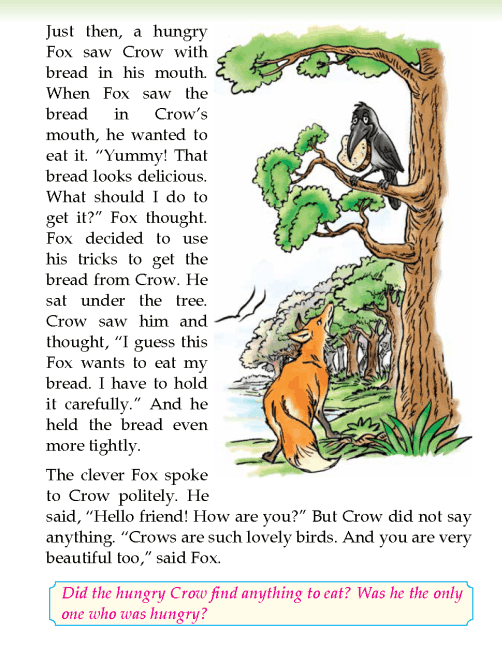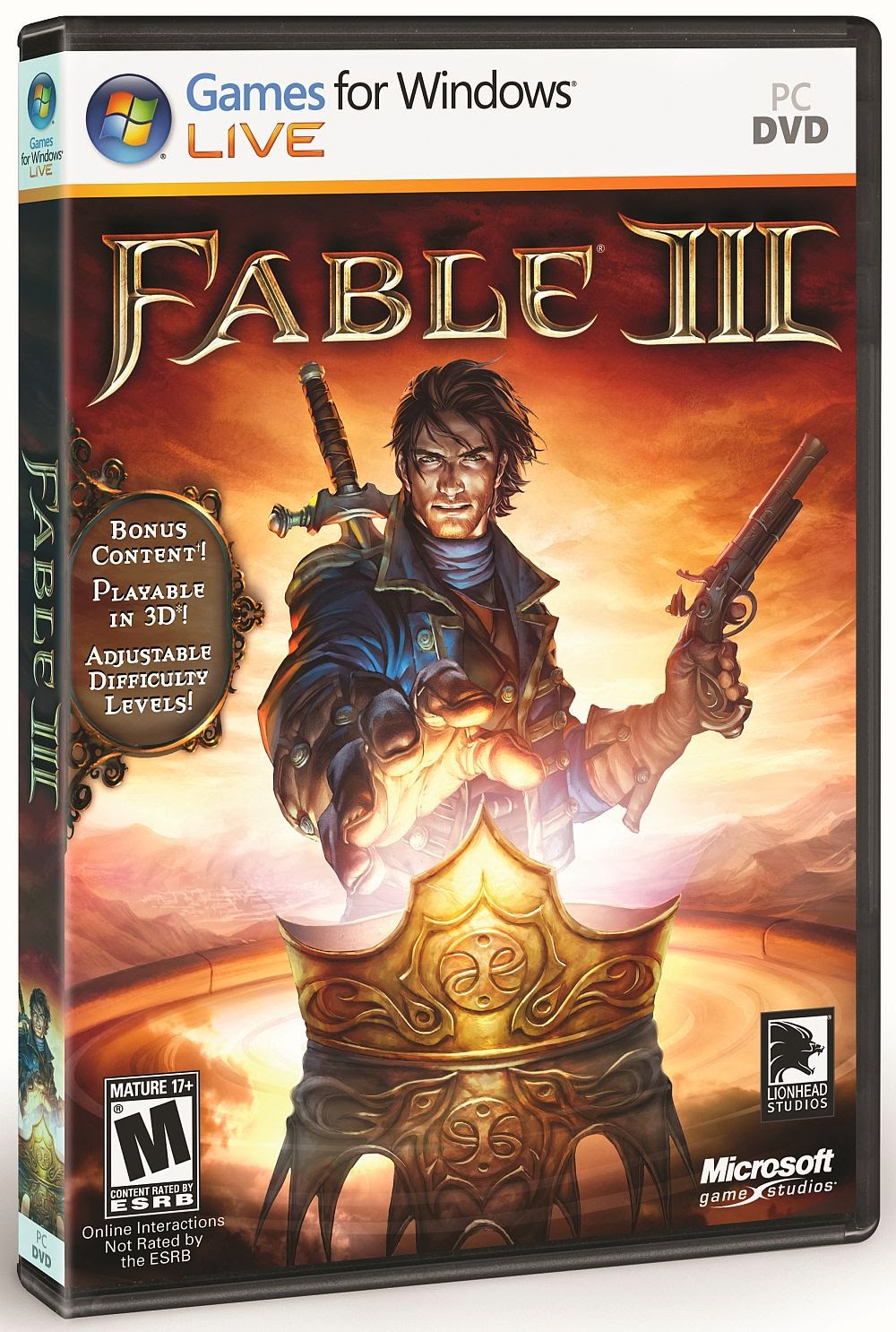

Visit the Asante Information page in Peoples Resources at Art and Life in Africa Online for background on the Asante people and the cultural context of their stories.If possible, bookmark these materials, along with other useful Web sites download and print out selected documents and duplicate copies as necessary for student viewing. Review each lesson in this unit and select archival materials you'd like to use in class.Please note that different versions of spellings of “Ananse” and “Anansi,” and of “Asante,” “Ashante,” and “Ashanti” exist. This unit is related to the lesson Aesop and Ananse: Animal Fables and Trickster Tales, which provides the same background information for the teacher with different activities appropriate for students in grades K-2. They will learn how both fables and trickster tales use various animals in different ways to portray human strengths and weaknesses in order to pass down wisdom from one generation to the next. In this unit, students will become familiar with fables and trickster tales from different cultural traditions and will see how stories change when transferred orally between generations and cultures.

The following lessons introduce children to folk tales through a literary approach that emphasizes genre categories and definitions. These tales developed into Brer Rabbit stories and were written down in the 19th century in the American South.

Ananse trickster tales derive from the Asante people of Ghana and were brought by African slaves to the Caribbean and parts of the U.S. The legendary figure Aesop was reported to have orally passed on his animal fables, which have been linked to earlier beast tales from India and were later written down by the Greeks and Romans. These stories were originally passed down through oral tradition and were eventually written down. Fables and trickster stories are short narratives that use animal characters with human features to convey folk wisdom and to help us understand human nature and human behavior.


 0 kommentar(er)
0 kommentar(er)
